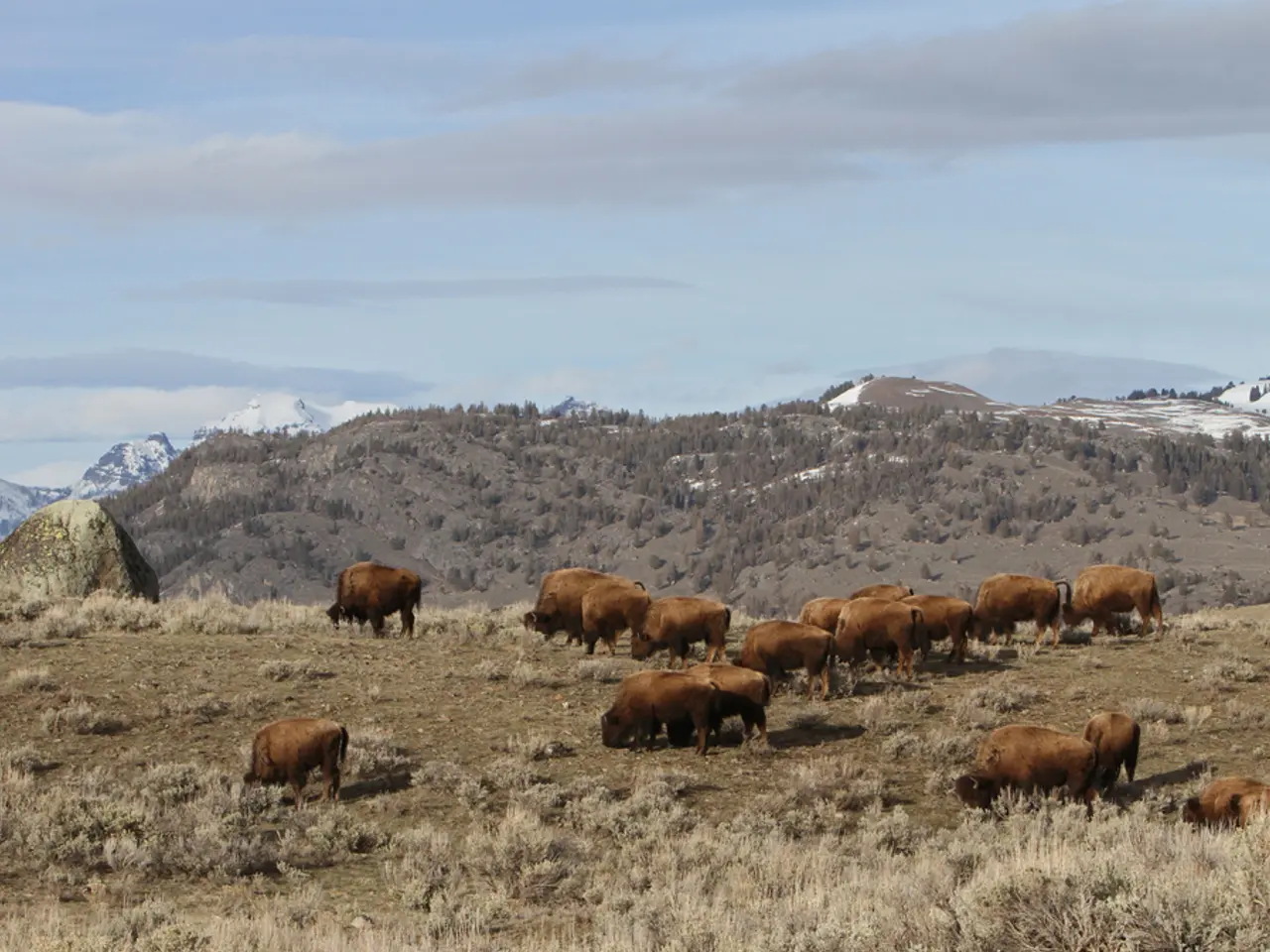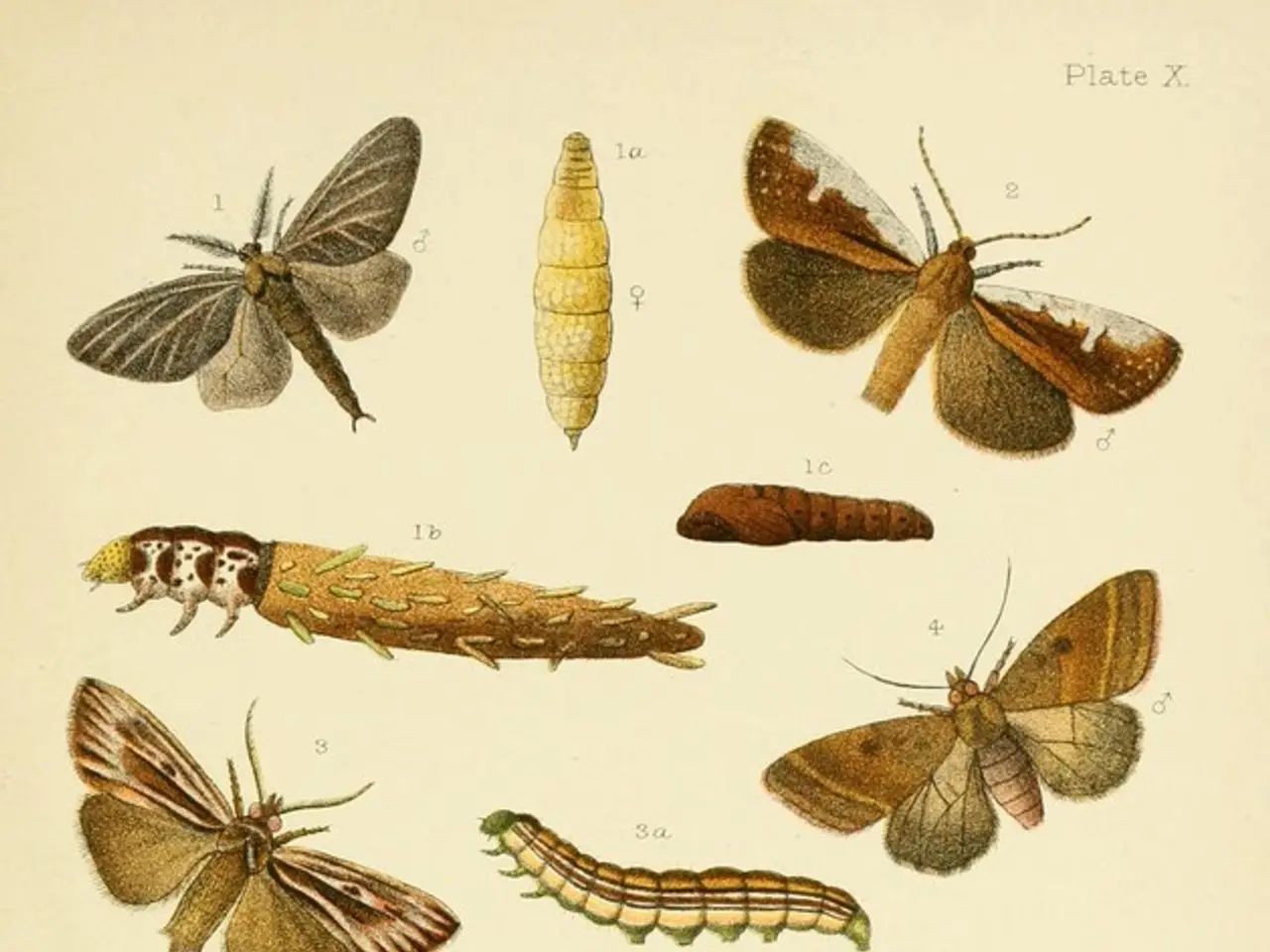Ranking the Most Vibrant Wildlife Ecosystems Across Continents: Earth's Top Biodiversity Hotspots
In the vast and intricate tapestry of life that covers our planet, the continent of South America stands out as a veritable treasure trove of biodiversity. This is primarily due to the Amazon Rainforest, a biologically rich and varied reservoir unlike any other on Earth.
Spanning approximately 5.5 million square kilometers, the Amazon is home to one in every ten known species on the planet. It boasts an astonishing 40,000 plant species, 3,000 fish species, 1,300 bird species, and over 400 mammal species [1][5].
Countries like Peru, Brazil, Colombia, and Ecuador, nestled within South America, are recognised as megadiverse due to their enormous variety of flora and fauna. For instance, Brazil, home to a significant portion of the Amazon, is estimated to house a staggering 4 million species [4].
Peru, in particular, is a biodiversity hotspot, with over 1,800 bird species, 500 mammals, and 300 reptiles. Unique species such as jaguars, spectacled bears, and pink river dolphins are just a few examples of the rich biodiversity that this continent harbours [2].
While Africa, with its iconic large mammals and over 1,000 mammal species and 50,000 plant species [3], also boasts high biodiversity, the Amazon basin surpasses it in overall species richness and variety across multiple taxa.
In conclusion, South America leads the way globally in wildlife biodiversity, with the Amazon Rainforest and several megadiverse countries within the continent driving this dominance [1][4][5]. Despite the fact that science can provide a confident estimate of the biodiversity of different continents, it's worth noting that up to 86% of all species could still be undiscovered, as suggested by some scientists in 2011 [6]. The Earth, our shared home, continues to harbour countless mysteries, waiting to be unveiled.
References:
[1] National Geographic. (n.d.). Amazon Rainforest. Retrieved from https://www.nationalgeographic.org/encyclopedia/amazon-rainforest/
[2] World Wildlife Fund. (n.d.). Peru. Retrieved from https://www.worldwildlife.org/places/peru
[3] World Wildlife Fund. (n.d.). Africa. Retrieved from https://www.worldwildlife.org/regions/africa
[4] Brazilian Ministry of the Environment. (n.d.). Biodiversity. Retrieved from https://www.mma.gov.br/pt-br/biodiversidade
[5] Global Biodiversity Information Facility. (n.d.). Amazon Basin. Retrieved from https://www.gbif.org/occurrence/search?q=Amazon+Basin
[6] Zimmer, C. (2011, November 1). The Hidden Half of Nature. The New York Times. Retrieved from https://www.nytimes.com/2011/11/02/science/earth/02hidden.html
The Amazon Rainforest, spanning approximately 5.5 million square kilometers, is a biodiverse hotspot, housing one in every ten known species on Earth, and showcasing a rich variety of plant, fish, bird, and mammal species. This vast reserve, often associated with environmental science, contributes significantly to global health-and-wellness, as it serves as a natural reservoir and regulator of our planet's ecosystems.




